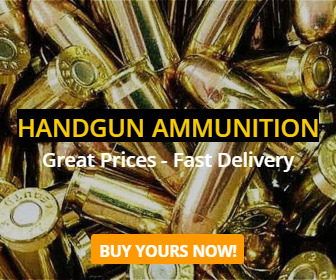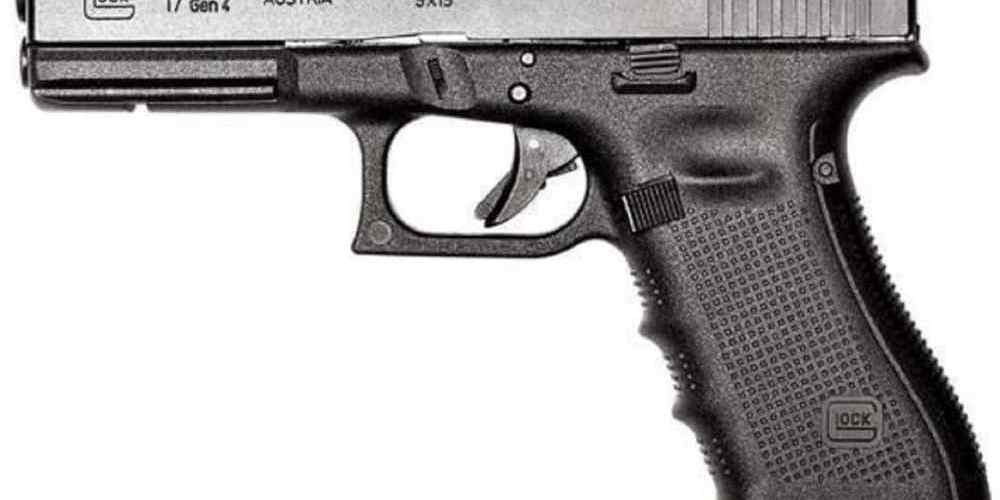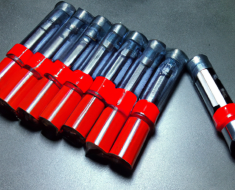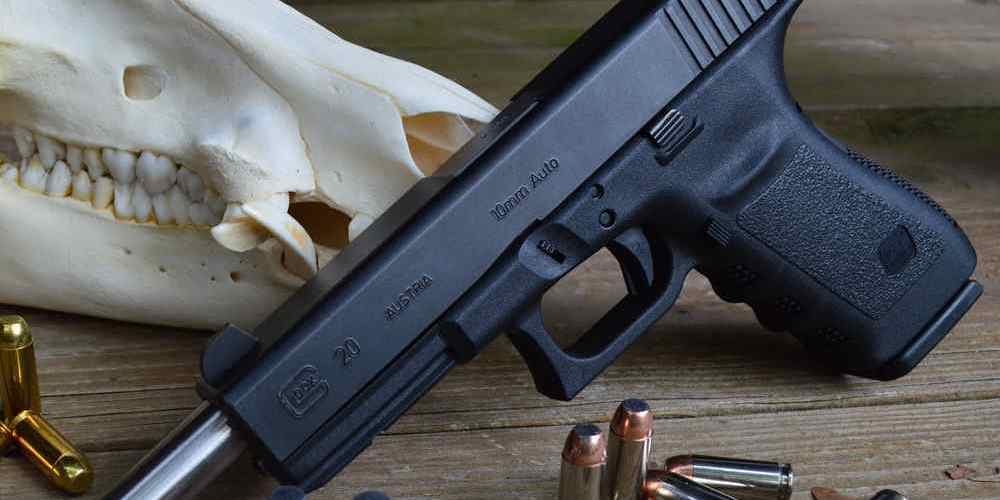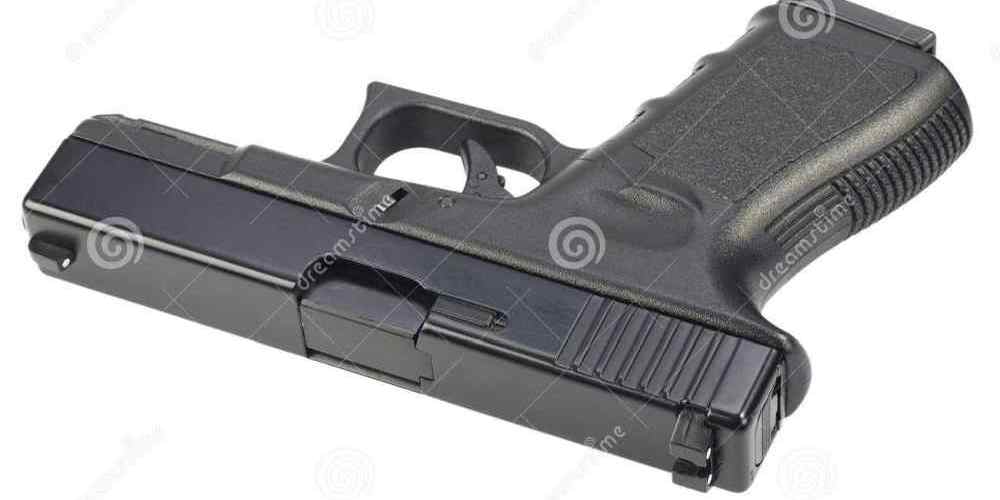Why Some Hollow Points Fail to Expand Properly
When it comes to self-defense ammunition, hollow point bullets are often the preferred choice due to their ability to expand upon impact, creating a larger wound channel and transferring more energy to the target. However, not all hollow points perform as expected, leading to potential failures in expansion. In this article, we will explore the reasons why some hollow points fail to expand properly and what factors can affect their performance.
Understanding Hollow Point Bullets
Hollow point bullets are designed with a cavity at the tip that allows for controlled expansion upon impact. This expansion increases the bullet’s diameter, maximizing tissue damage and increasing stopping power. The design of hollow points also helps prevent over-penetration, reducing the risk of collateral damage.
However, not all hollow points are created equal. Factors such as bullet design, velocity, and target composition can all influence how a hollow point bullet expands upon impact. Let’s delve deeper into these factors to understand why some hollow points fail to expand properly.
Factors Affecting Expansion
Bullet Design
The design of a hollow point bullet plays a crucial role in its expansion performance. Bullets with deep cavities and sharp edges are more likely to expand reliably compared to those with shallow or poorly defined hollow points. Additionally, some bullets may have jacket materials that hinder expansion or prevent proper mushrooming upon impact.
- Deep cavity and sharp edges promote reliable expansion
- Poorly defined or shallow cavities can impede expansion
- Jacket materials may affect bullet performance
Velocity
The velocity at which a bullet travels can also impact its ability to expand properly. Hollow points are designed to expand within a certain velocity range, typically between 800-1200 feet per second (fps). Bullets traveling too fast may over-expand or fragment upon impact, while those traveling too slow may fail to expand altogether.
- Optimal expansion velocity range: 800-1200 fps
- High velocities can lead to over-expansion or fragmentation
- Low velocities may result in insufficient expansion
Target Composition
The composition of the target can also influence how a hollow point bullet expands. Soft targets such as ballistic gelatin or flesh are more likely to facilitate proper expansion compared to hard barriers like glass or metal. When encountering hard barriers, hollow points may fail to expand or clog with debris, compromising their effectiveness.
- Soft targets promote proper expansion
- Hard barriers can impede expansion or cause clogging
Case Studies and Examples
To illustrate the impact of these factors on hollow point performance, let’s look at a few real-world examples:
Case Study 1: Bullet Design
A manufacturer releases a new line of hollow point ammunition with a unique bullet design featuring an extra-deep cavity and serrated edges for improved expansion. Testing reveals that these bullets consistently achieve reliable expansion across various velocities and target types, making them highly effective for self-defense purposes.
Case Study 2: Velocity
A shooter using high-powered ammunition experiences erratic performance with his hollow point rounds, noticing inconsistent expansion and fragmentation at different distances. After consulting with experts, he learns that the bullets are traveling well above their optimal velocity range, causing them to over-expand upon impact.
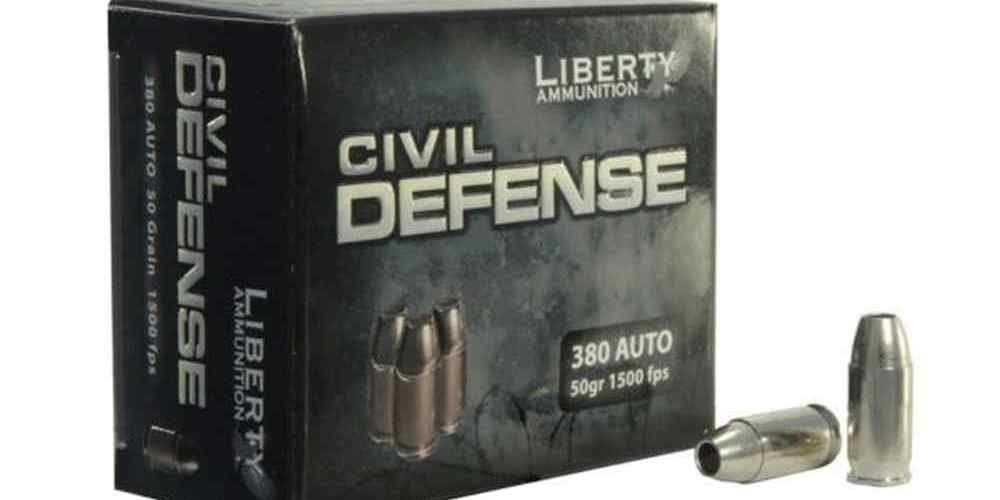
Case Study 3: Target Composition
In a law enforcement scenario, officers encounter a suspect hiding behind a car door during a shootout. Despite firing multiple rounds of hollow point ammunition, they find that the bullets fail to penetrate the door effectively due to its metal composition, resulting in reduced stopping power and increased risk to bystanders.
Conclusion
In conclusion, the performance of hollow point bullets can be influenced by various factors such as bullet design, velocity, and target composition. To ensure reliable expansion and maximum effectiveness, it is essential for shooters to choose high-quality ammunition that is optimized for their intended use case. By understanding the factors that can affect hollow point performance, shooters can make informed decisions when selecting self-defense ammunition and improve their overall safety and effectiveness in defensive situations.


